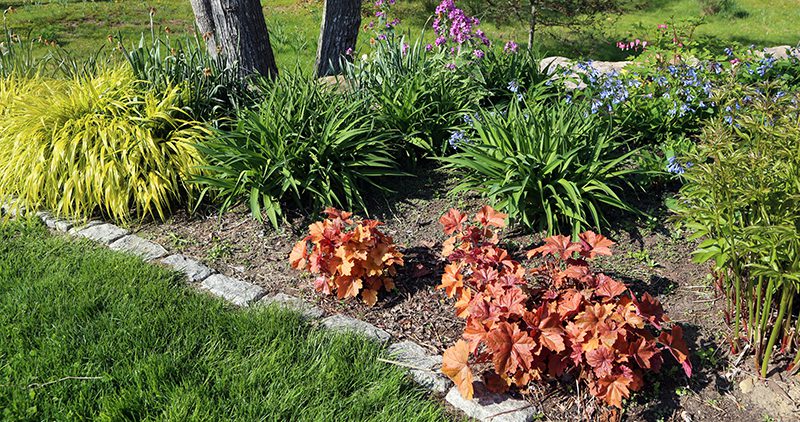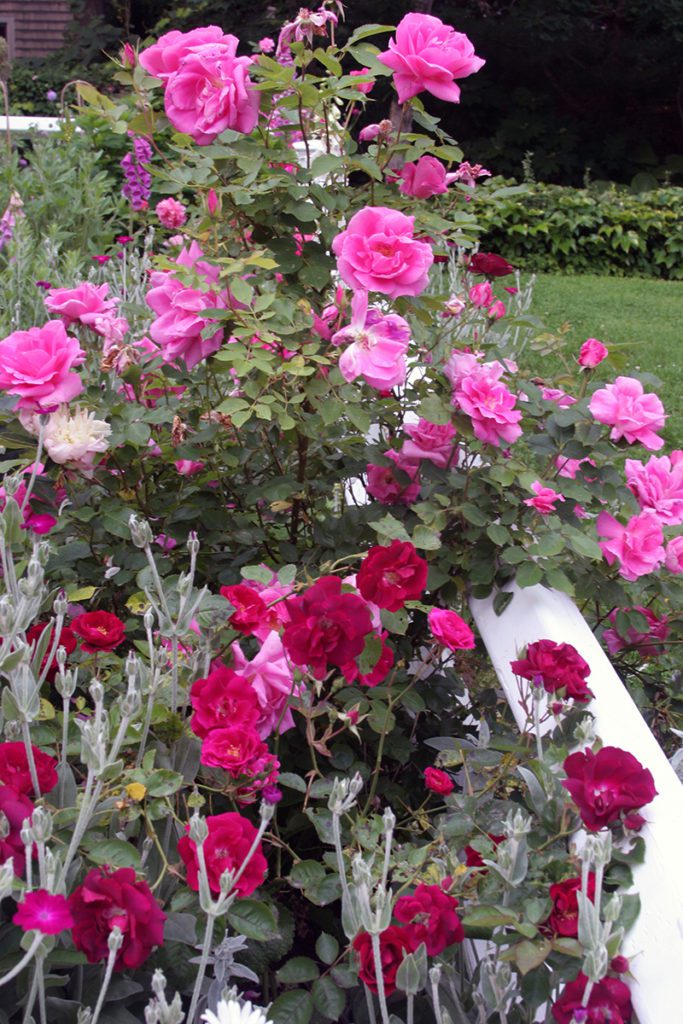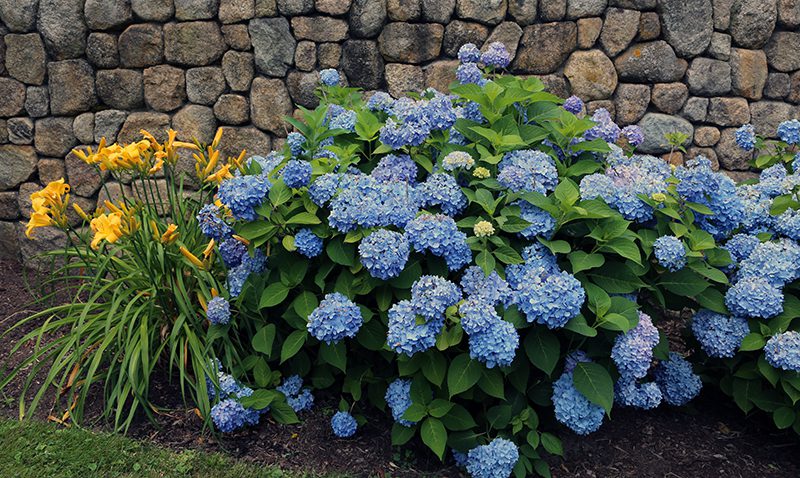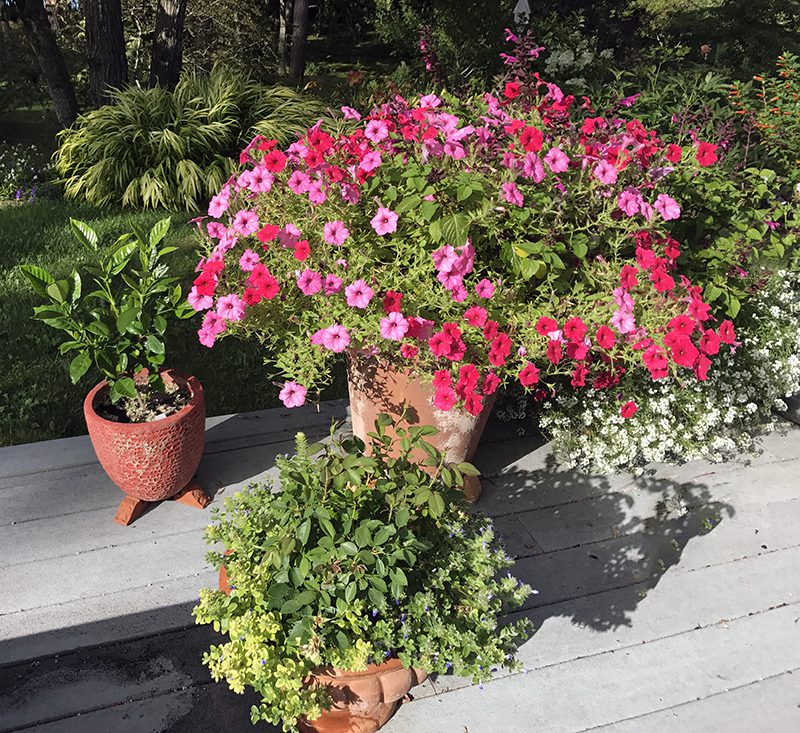5 Tips for Early Season Fertilizing
5 Tips for Early Season Fertilizing
If you’re wondering how to fertilize your plants in late-May, here are some pointers for Cape Cod gardeners.
- Most landscape plants are best fertilized with an organic fertilizer. Shrubs, trees and perennials seldom need the “fast food” of a synthetic fertilizer, and the slow release of nutrients that organics offer works in a way that is similar to nature. If you want to make your fertilizing easy, stick to the “tones.” Use Holly-tone for evergreen plants, blueberries and your blue Hydrangeas, Rose-tone for roses, and Plant-tone or Flower-tone for everything else. Scatter a light application now.
2. If you can get your fertilizer spread before the mulch goes down, that’s great. But if you’ve already had beds mulched, don’t worry about it. Just scatter the granular fertilizer over the mulch.
3. Because annuals have such a short season to strut their stuff, they benefit from some synthetic fertilizer. If you want to make it easy on yourself, scatter some time-release fertilizer such as Osmocote or Miracle-Gro Shake n’ Feed over the ground where you are planting annuals. When you dig the holes for planting, some will get worked into the soil and some will stay on the surface, which is fine.
4. For container plants, if you mix one part time-release fertilizer (Osmocote or Miracle-Gro Shake n’ Feed) and one part Plant-tone, this combination will feed your pots and boxes all summer and into the fall. If you haven’t yet planted these containers, mix that combination into the potting soil when you fill the pots. If you’ve already planted, scatter it on the top and scratch it gently in around your annuals.
5. Vegetable gardens can be fertilized with a light application of Tomato-tone or Plant-tone at this time of year. Later in the summer, if it looks like your plants need a boost, Neptune’s Harvest Fish and Seaweed is a good product for organic gardens.
If you haven’t had a soil test done of your gardens or lawn recently, it’s a good idea to start. It’s practical to test the lawn and one bed the first year, the vegetables or perennial beds the second year, and so on. Get information about how to take the soil samples and send them in here.




Subscribe To Our Newsletter
Sign up for our weekly email about sales and events.
